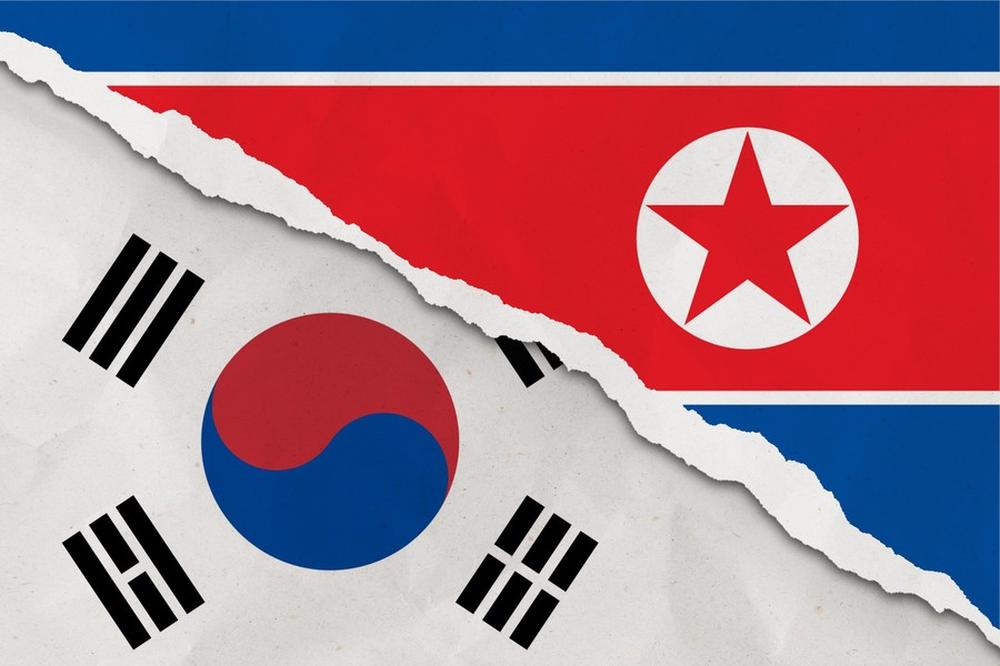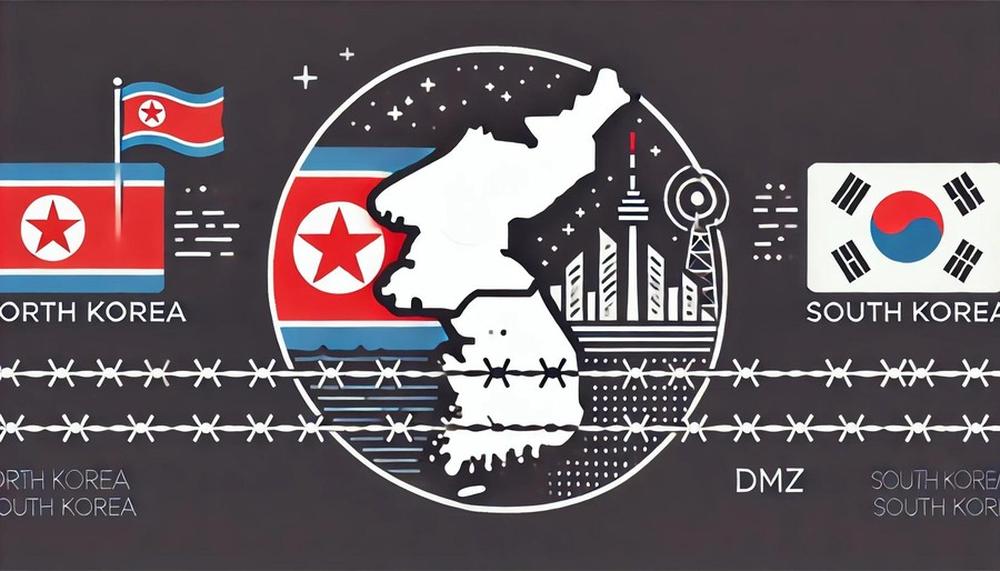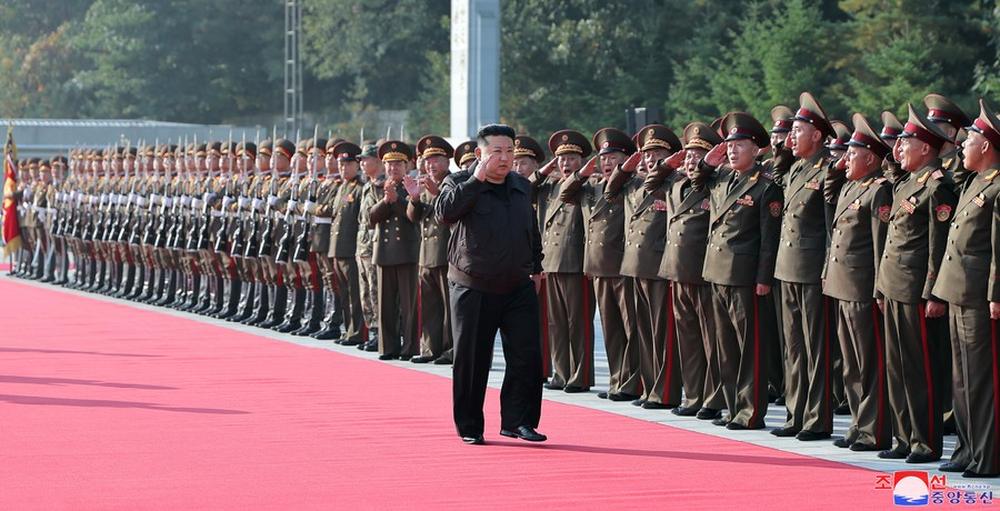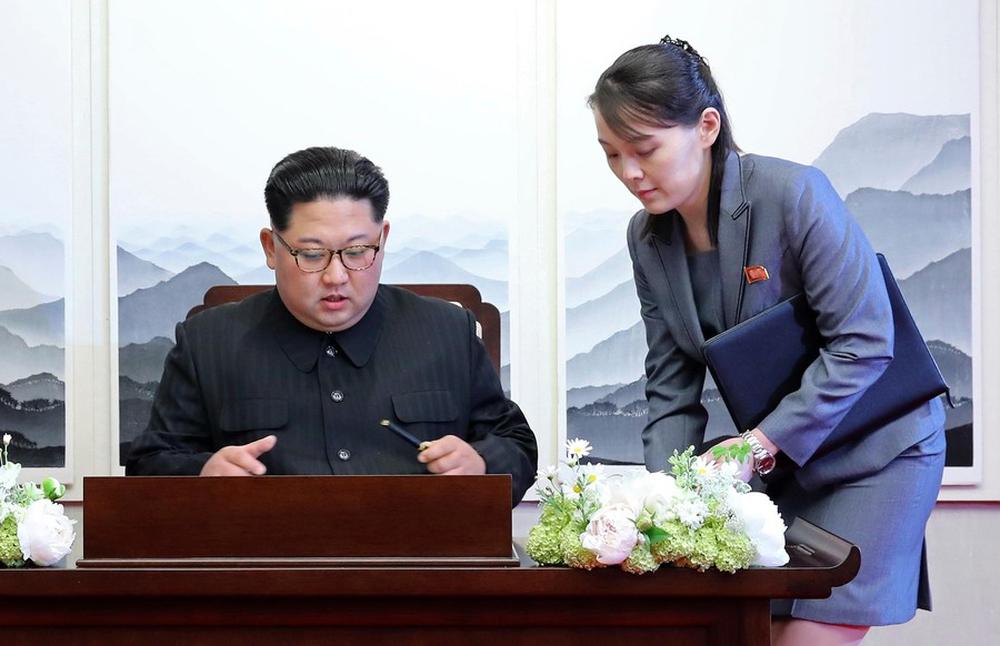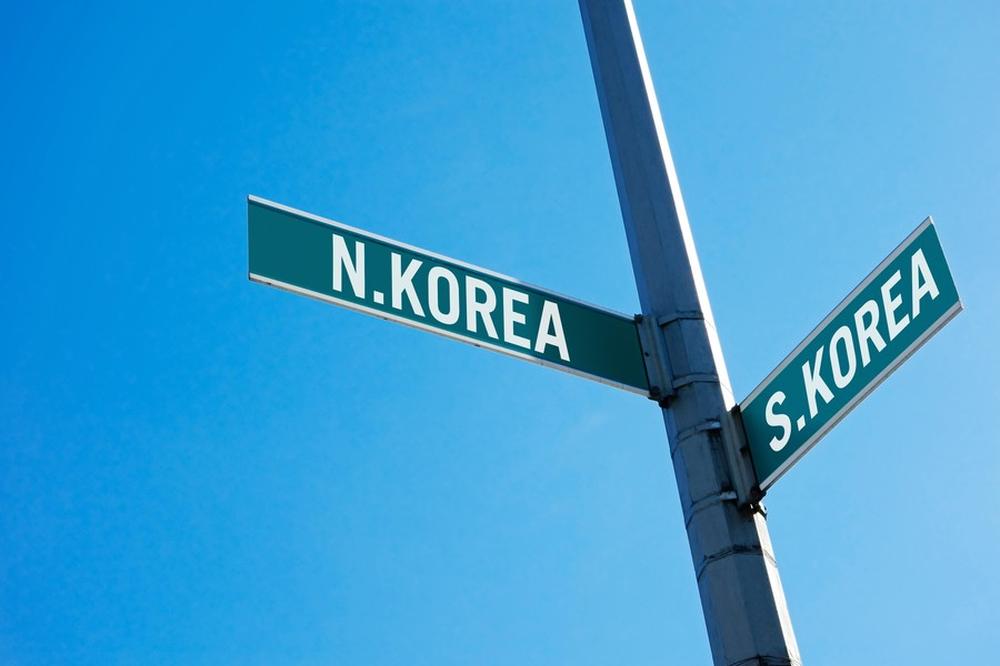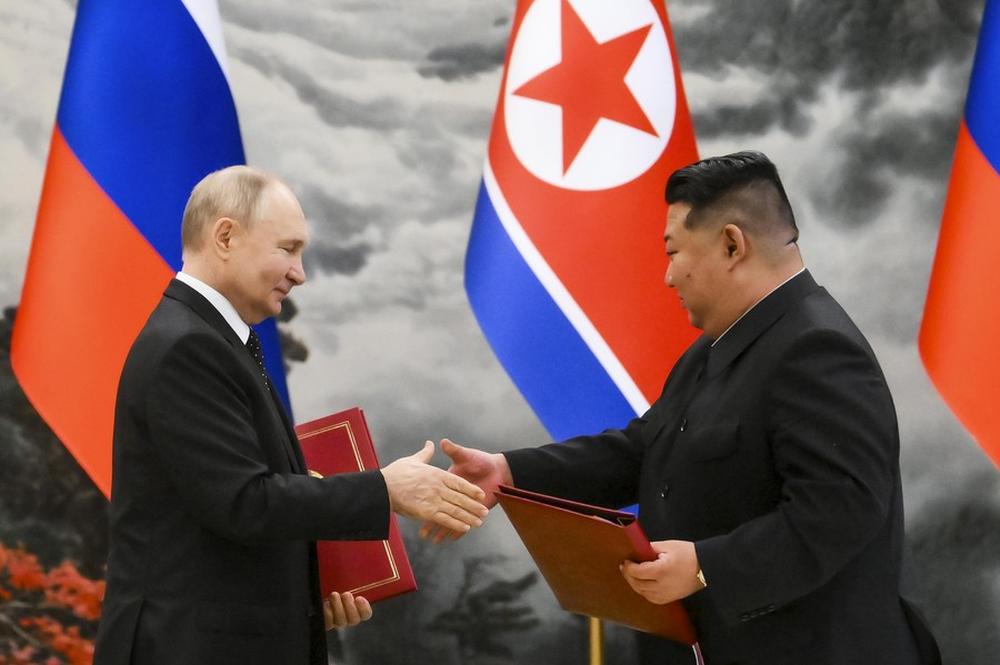- #Global Issues
- #Inter-Korean Relations
- #North Korea
- #US-ROK Alliance
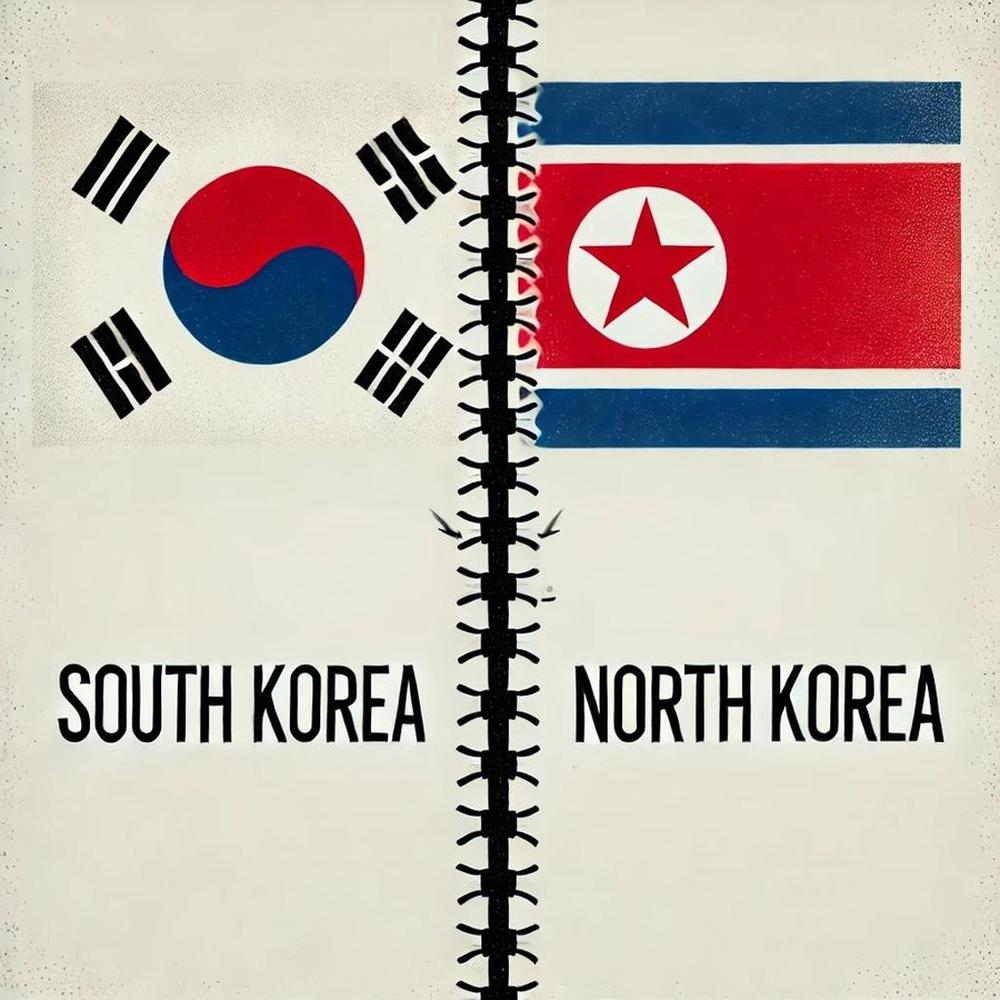
► North Korea’s declaration of South Korea as a separate, enemy state marks a fundamental break from its historical pursuit of peaceful reunification, reshaping the dynamics of inter-Korean relations and complicating engagement with the United States.
► Geopolitical shifts, including strengthened ties with Russia and China and the erosion of denuclearization talks with the United States, have provided North Korea with the political space to redefine its relationships with South Korea and the broader international community.
► Pyongyang’s move towards a two-state doctrine necessitates a recalibrated U.S.-South Korea alliance strategy, focusing on deterrence, countering proliferation, and maintaining a long-term vision for reunification amidst heightened tensions.
North Korea’s decision to declare South Korea a separate, enemy state is a fundamental break from Kim Il-sung’s “Three Principles of National Reunification” set more than five decades ago to pursue peaceful reunification of the Korean Peninsula. Not only has North Korea abandoned efforts towards the eventual peaceful reunification of the Korean Peninsula, but it has altered the state of relations between the North and the South. This change is a fundamental shift for South Korea, but with implications for the United States as well.
On the surface, Pyongyang’s shift may seem sudden, but North Korea has been moving to redefine its relationship with South Korea in recent years. In 2021, Kim Jong-un downgraded references to South Korea from a relationship where reunification was sought to a part of foreign policy more broadly, while the Korean Workers Party bylaws removed references to Koreans being a unified people. The following year North Korea implemented a new nuclear policy to allow for a first strike. That policy indicated that “non-nuclear weapons states” would not be targeted unless they were part of aggression by a nuclear state. These and other shifts suggested a move towards viewing South Korea in the context of a separate state rather than part of a broader Korean people.
Over the past year, this shift has become more explicit. Kim began referring to South Korea as a “hostile state” and North Korea’s “principal enemy.” This was followed by the decision to change references in the North Korean constitution to reflect state-to-state relations and the more physical manifestations in mid-October when North Korea blew up the road and rail lines connecting the two Korea’s in dramatic fashion to place an emphasis on its repudiation of the eventual reunification of the Korean Peninsula.
While the explosions may have been Pyongyang’s theatrical way of sending a message, North Korea has taken practical steps to draw the division internationally and domestically. On the international front, Pyongyang began to build a wall in the DMZ to physically separate the two Koreas and has shifted functions of the United Front Department to the Foreign Ministry and the Reconnaissance General Bureau, while domestically it has taken steps to end the idea of unification by changing its national anthem, eliminating references to unification in state media, and removing South Korea from weather maps.
Context for North Korea’s Actions
When Kim Il-sung laid out the “Three Principles of National Reunification,” in 1972, the geopolitical environment was shifting. Earlier that year, US President Richard Nixon made his historic visit to China, essentially resetting the geopolitical balance in the region. While this process would be gradual, the course for future relations had been reset.
The shift in US-China relations placed pressure on Pyongyang to moderate its approach to South Korea, while the United States pushed South Korea to alter its approach to North Korea. Kim Il-sung laid out his three principles to South Korean KCIA Director Lee Hu-rak on May 4, 1972 and they became the basis for the July 4 Joint Communique, the first document between the two Koreas. While North Korea was moving away from force as a means for unification, it had hoped that opening dialogue would allow it to undermine the South Korean government and pursue reunification on its terms.
In recent years geopolitical circumstances have become more favorable to North Korea. The Trump administration ended the relationship with China that began under Nixon and labeled China a revisionist power and competitor in the 2017 National Security Strategy. Russia and China have also redefined their relationship in a direction more amenable towards North Korea. Prior to the declaration of their “no limits” partnership in 2022, Moscow and Beijing had begun working in concert in the United Nations to put forward proposals to weaken sanctions on North Korea and stopped enforcing UN sanctions.
The prospect of denuclearization talks between North Korea and the United States also effectively came to an end. The failure in Hanoi ultimately set North Korea on a path away from further nuclear talks with Washington, which North Korea effectively ended in working level talks in Stockholm in 2019.
The most significant shift for North Korea has been Russia’s invasion of Ukraine. Shortly after Russia’s invasion of Ukraine, North Korea was one of the first and few states to defend Russia’s invasion. Since those early days, the two have found mutual benefit in a growing partnership. North Korea has supplied Russia with more than 9 million artillery shells and other weapons in exchange for a new mutual defense pact, the end of the UN Panel of experts, assistance evading financial sanctions, and military technology such as anti-air defenses and ballistic missile technology.
These shift in geopolitics and North Korea’s relationship with Russia have opened up the political space for Pyongyang to redefine its relationship with South Korea and the United States.
Implications for the United States and the US-Korea Alliance
North Korea’s decision to move to a two state solution complicates engagement with Pyongyang for the United States. The decision was not taken as part of a broader settlement between the two Koreas, but as a unilateral decision by Pyongyang in the context of redefining its own nuclear and geopolitical status.
Rather than adding to the stability of the Korean Peninsula, Pyongyang’s unilateral decision in the context of geopolitical changes sets the regime up to maneuver in the framework of a new Cold War that has been embraced by Kim Jong-un. While engagement with the United States cannot be ruled out, shifting to a two-state doctrine and removing the idea of reunification heightens the need for the United States to focus on deterrence and minimize North Korean weapons proliferation.
While North Korea’s change in rhetoric and shift to promoting a two state system does not imply that war is North Korea’s preferred policy option, moving to a two state solution that removes reunification from the equation and Pyongyang’s clarity that engagement is between states rather than leaders lessens the need for dialogue with South Korea and the United States. It also helps to explain Kim’s initial rebuff of the prospect of reviving nuclear talks with the incoming Trump administration as the current geopolitical environment diminishes the need for engagement with the United States.
However, if reunification is no longer a goal, other issues could gain prominence. Territorial disputes between North and South Korea could be heightened as the North tries to solidify its position, but Pyongyang could also become increasingly sensitive to information operations as it seeks to write a new domestic narrative. Policymakers need to think in terms of both the challenges the new policy presents for peace on the Peninsula, but also the new sensitivities Pyongyang’s policies could create domestically.
If the United States faces an adversary that is now more hostile and less likely to engage in what was already limited dialogue due to geopolitical shifts, Washington needs to be supportive of a positive South Korean vision for reunification. While Pyongyang’s policy change may suggest a permanent shift, Washington and Seoul should not preclude future geopolitical shifts that are more favorable to a North Korean return to a framework of reunification. In that context, maintaining a framework based in a broader vision shared by the United States and South Korea remains an important cornerstone of alliance policy. But Pyongyang’s shift also needs to be viewed in the context of geopolitical changes more favorable to North Korea that may limit the policy options of the United States and South Korea.

